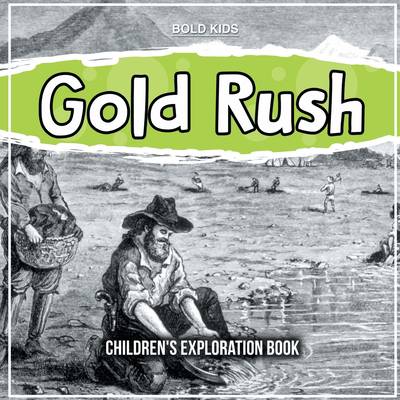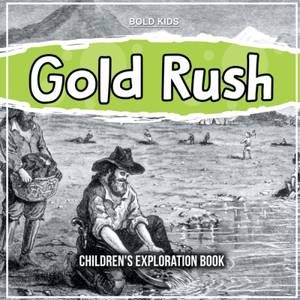
Je cadeautjes zeker op tijd in huis hebben voor de feestdagen? Kom langs in onze winkels en vind het perfecte geschenk!
- Afhalen na 1 uur in een winkel met voorraad
- Gratis thuislevering in België vanaf € 30
- Ruim aanbod met 7 miljoen producten
Je cadeautjes zeker op tijd in huis hebben voor de feestdagen? Kom langs in onze winkels en vind het perfecte geschenk!
- Afhalen na 1 uur in een winkel met voorraad
- Gratis thuislevering in België vanaf € 30
- Ruim aanbod met 7 miljoen producten
Zoeken
Omschrijving
The California Gold Rush began in 1848 when the first miners started collecting large amounts of gold. The news spread quickly throughout the world and thousands of prospective miners flooded into the area. These men, also known as forty-niners, borrowed money, mortgaged their homes, and spent life savings on gold. Many women were left behind to care for the family and run farms. By the end of the gold rush, there were 30,000 men and hundreds of women in the region. The California Gold Rush was a time of incredible economic development for the region. The new economy created new towns and jobs for merchants and entrepreneurs. The gold rush was so successful that it spawned new industries. Blue jeans were created in the 1850s, which were popular for women. Women had more freedom than men in 1849, and could earn higher wages in the process. One woman made $18,000 by baking pies. James Marshall, the man who discovered the gold in California, never made a dime from the Gold Rush. He died penniless in 1885. The California Gold Rush started in 1848 when James Wilson Marshall found gold in the American River in California. He was a sawmill operator at the time, but after the discovery, his sawmill closed. While the majority of Gold Rushers were Americans, immigrants from Latin America, China, Australia, and other countries came to the region to get their share of the gold. Because of the United States' military presence in the area, many of the gold rushers ended up being Canadians.
Alleen bij Standaard Boekhandel
+ 39 punten op je klantenkaart van Standaard Boekhandel
Beoordelingen
We publiceren alleen reviews die voldoen aan de voorwaarden voor reviews. Bekijk onze voorwaarden voor reviews.










